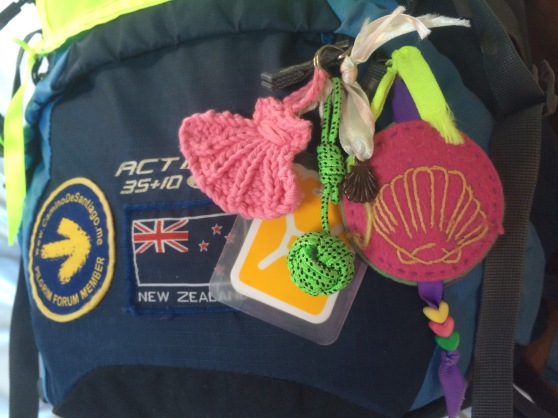OK, now without so many

s and

s ...
By 1600, the nature of pilgrimages had changed (following Reformation and also reforms within the Catholic Church). People continued to go on pilgrimage to shrines as an act of devotion or veneration but the medieval cult of relics, the belief in the physical wonder-working power of the shrine, had declined by then. For the medieval pilgrim, the importance and power of shells and other items came from having been acquired near the shrine itself, due to being in the physical presence of the relics; a shell picked up on the local shore did not have this power. The belief in the power of relics and touch-relics (items that had been in touch with or close to the relics or shrine - even dirt or dust from the site) started to wane in the middle to late 1500s and to be regarded as superstition.
It's correct that by 1600, scallop shells had become a general symbol of pilgrimage in art (visual art, literature). Scallop shells were not only associated with the pilgrimage to Santiago but also with other sites such as Mont Saint Michel in Northern France and with pilgrimage in general.
Most of the sources quoted in
Mille fois are reports written by medieval pilgrims: they refer to the scallop shells being offered and acquired in Santiago. There were cases of fraud, i.e. scallop shells were sold or manufactured in the form of badges elsewhere. The two references I mentioned earlier refer to such cases, i.e cases where pilgrims are said to have acquired them before reaching Santiago.
And now back to the power of the shells of the 21st century!


















